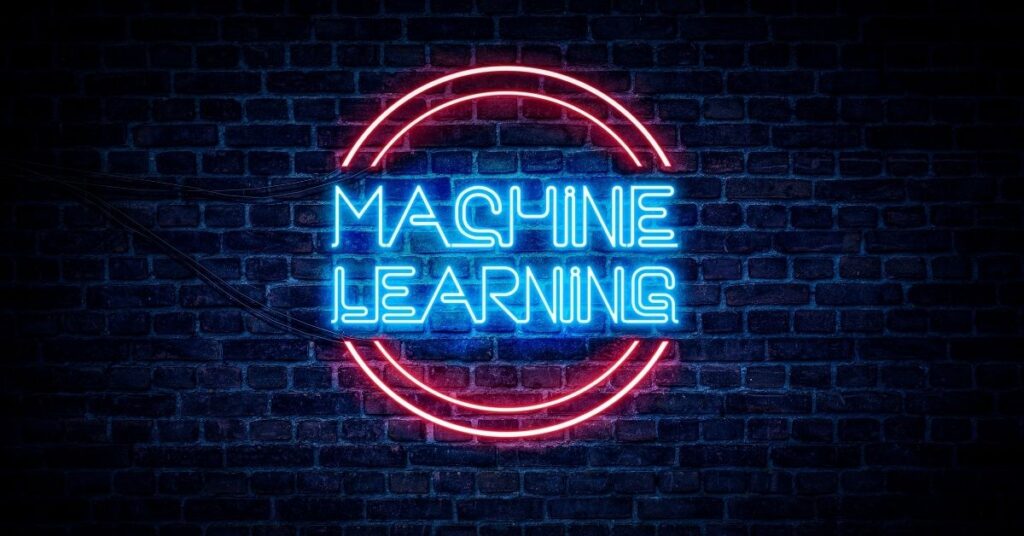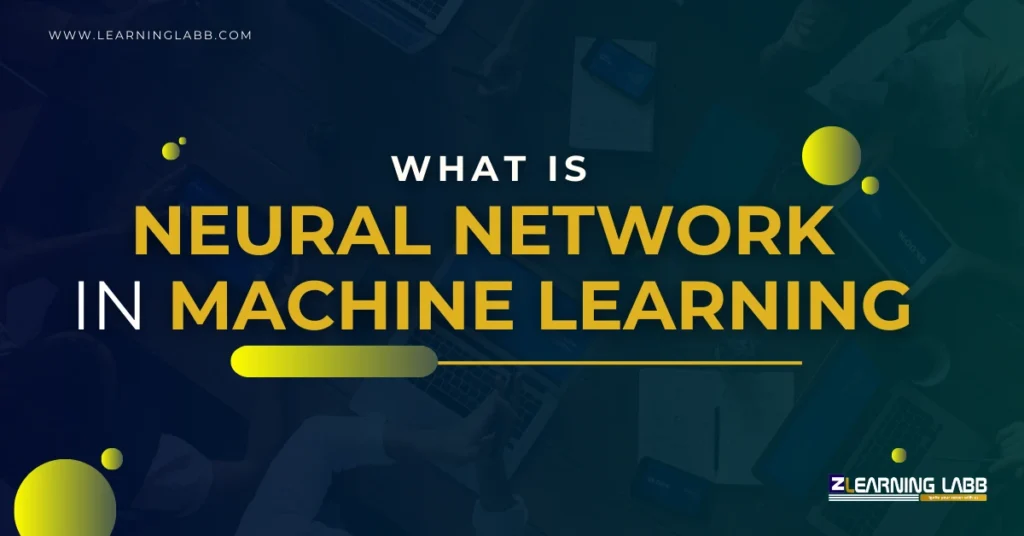What Is Neural Network In Machine Learning: The field of machine learning has revolutionised industries worldwide, and at its core lies one of the most fascinating technologies: neural networks.
From powering virtual assistants like Siri to recommending Netflix shows, neural networks are reshaping how machines interact with the world. But what is neural network in machine learning, and why should every aspiring data scientist master it?
What Is Neural Network In Machine Learning?
At its simplest, a neural network is a subset of machine learning inspired by the human brain’s structure and functionality. It is composed of interconnected nodes or “neurons,” which process data and learn from it to make decisions or predictions.
The beauty of neural networks lies in their ability to identify patterns, even in complex datasets, and use them to perform a wide range of tasks.
For example, when you upload a photo on Facebook and it automatically tags your friends, a neural network is at play. This ability to mimic human problem-solving and decision-making makes neural networks indispensable in machine learning.

How Do Neural Networks Work?
To truly appreciate their power, you need to understand how do neural networks work. The process involves three main components:
1. Input layer
This is where raw data enters the neural network. For example, in image recognition, pixel values are fed into the input layer.
2. Hidden layers
The hidden layers perform the magic. Here, the neurons process data using mathematical operations like dot products and activation functions. These layers learn the patterns and features of the data. The more hidden layers, the “deeper” the neural network, giving rise to the term “deep learning.”
3. Output layer
Finally, the output layer delivers the result, whether it’s classifying an image, translating text, or predicting stock prices. The entire process is iterative. A technique called backpropagation adjusts the weights and biases of neurons to minimise errors, ensuring the network improves over time.
Features Of Neural Network
Neural networks possess several unique features that make them stand out:
- Non-linearity: They can model complex relationships between inputs and outputs.
- Adaptive learning: Neural networks improve performance as they process more data.
- Parallel processing: Multiple computations occur simultaneously, enabling faster processing.
- Fault tolerance: Even if some neurons fail, the network can still function effectively.
- Scalability: They can handle vast amounts of data, making them ideal for big data applications.
These features are why data scientists spend considerable time mastering neural networks in programs like those offered by Ze Learning Labb (ZELL).
Types Of Neural Networks In Machine Learning
When discussing types of neural networks in machine learning, their diversity is a part you should never miss out on. Each type serves a unique purpose and is tailored to specific tasks:
1. Feedforward Neural Networks (FNN)
This is the simplest type, where data flows in one direction, from input to output. It’s commonly used for tasks like classification and regression.
2. Convolutional Neural Networks (CNN)
CNNs excel in image and video processing. They use convolutional layers to detect spatial patterns, such as edges and textures.
3. Recurrent Neural Networks (RNN)
RNNs are designed for sequential data like time-series or text. They use feedback loops to remember previous inputs, making them ideal for tasks like language translation.
4. Generative Adversarial Networks (GAN)
GANs consist of two networks—a generator and a discriminator—working together to create realistic data. They’re widely used in image synthesis and deepfake technology.
5. Long Short-Term Memory Networks (LSTM)
A subtype of RNNs, LSTMs are great at capturing long-term dependencies in data. They’re often used in tasks like sentiment analysis and speech recognition.

Uses Of Neural Networks
Neural networks are transforming industries with their versatility. Here are some notable uses of neural networks:
1. Healthcare: Neural networks are used for diagnosing diseases, analysing medical images, and even predicting patient outcomes.
2. Finance: From fraud detection to stock price prediction, neural networks enable smarter financial decision-making.
3. E-commerce: They power recommendation systems, helping platforms like Amazon suggest products you’re likely to buy.
4. Autonomous vehicles: Self-driving cars rely on convolutional and recurrent neural networks to interpret sensor data and navigate safely.
5. Natural Language Processing (NLP): Neural networks are the backbone of applications like chatbots, language translation, and voice assistants.
Why Data Scientists Should Master Neural Networks
If you’re pursuing a career in data science, mastering neural networks is non-negotiable. Here’s why:
- High demand: Neural networks are at the heart of AI, and companies seek experts who can implement them effectively.
- Versatility: Neural networks apply to diverse industries, from healthcare to entertainment.
- Cutting-edge innovation: From developing autonomous systems to advancing robotics, neural networks open doors to exciting projects.
On A Final Note…
Learning what is neural network in machine learning is no longer optional—it’s a necessity for any data scientist aiming to stay relevant in today’s AI-driven world. For those serious about mastering neural networks, enrolling in a program like ZELL’s data science courses is the perfect step forward. These programs not only simplify complex concepts but also prepare you to apply them confidently in real-world scenarios.
After all, as Andrew Ng puts it, “AI is the new electricity, and neural networks are its foundation.”





